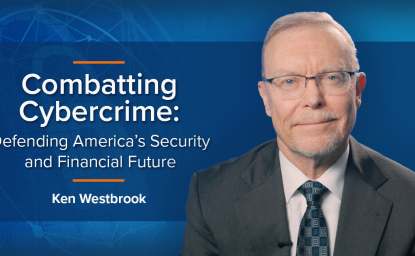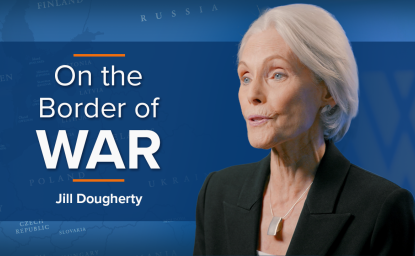Little data exists on elder abuse in the United States though research shows such victims die prematurely. "We spend billions of dollars lengthening life but not the corresponding resources to make sure those extra years can be lived well," said Wilson Center Fellow Marie-Therese Connolly.
In recent years, the General Accountability Office (GAO) reported that approximately one quarter of all nursing homes provided insufficient care. In response, the Department of Justice (DOJ), where Connolly had been litigating civil fraud cases for more than a decade, created the Elder Justice and Nursing Home Initiative and asked her to head it. A well-run, properly staffed facility minimizes the dangers and potential for abuse, neglect, and exploitation of residents. But a 2000 study done for the Department of Health and Human Services said 50-90 percent of nursing homes are understaffed.
Although no official incidence or prevalence data exists, Connolly calls the failure to address elder abuse and neglect a "silent scandal." It can be difficult to discern accidental injury or illness from a malady caused by abuse or neglect, she said. Wounds such as bruises or broken bones can be a sign of either one. A DOJ study on bruising found that accidental bruises usually occur on the extremities with no pattern. Research is underway now to determine how bruises caused by abuse differ from accidental bruises, for example, in their location and pattern.
While federal legislation helps protect children and women from abuse, no such legislation exists for the elderly. Connolly worked with the Senate to draft the Elder Justice Act. Hundreds of organizations and 99 of 100 senators supported it, but the bill has not yet passed.
Elder abuse cases generally are directed to Adult Protective Services, which has no main federal office, no federal standards, no standardized data collection method, and receives less funding for elder cases than for other social services. Moreover, she said, in past years, less than 1 percent of the National Institute on Aging budget has gone toward elder abuse research.
"Elder abuse doesn't have a name, a face, or a public identity," she said. "It hasn't entered the public consciousness. We need to make this issue more accessible." She attributed the lack of study and interest in the issue in part to denial and ageism. "On some level, we devalue suffering in old age," she said.
Today, those 85 years and older represent a fast-growing segment of the population. Frail, they are at greater risk for abuse and neglect, but geriatricians are in short supply and care costs are exceedingly high and rising. Connolly said, "We devote $70 billion a year in public money to long-term care but still can't get it right."
Connolly advocated collecting reliable data, promoting more research, supporting multidisciplinary efforts, passing enforceable laws and regulations, devoting adequate resources, holding abusers accountable, and prosecuting facilities where exploitation occurs. She said, "As a society, we must figure out how to ensure not just long life, but also quality of life in old age."




